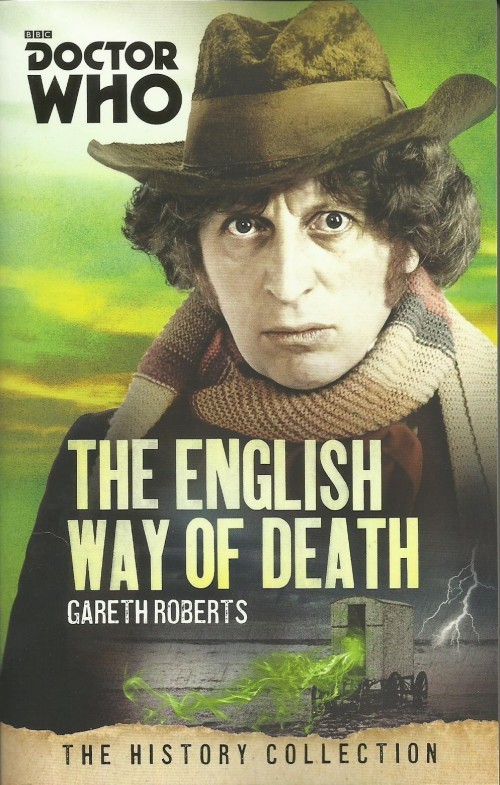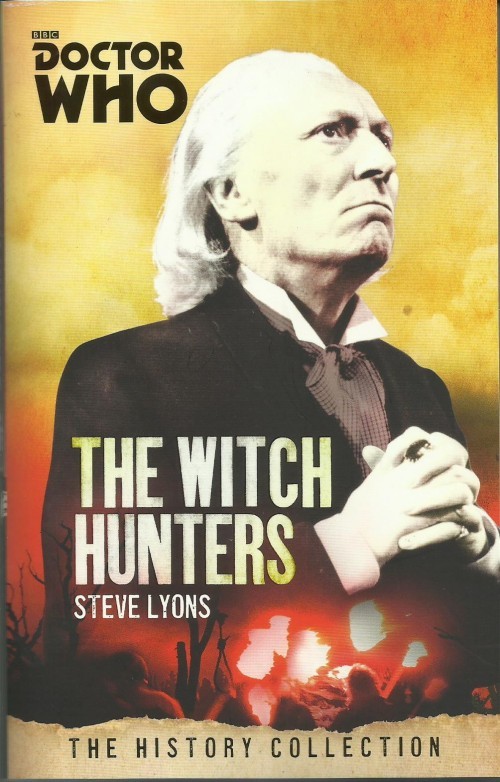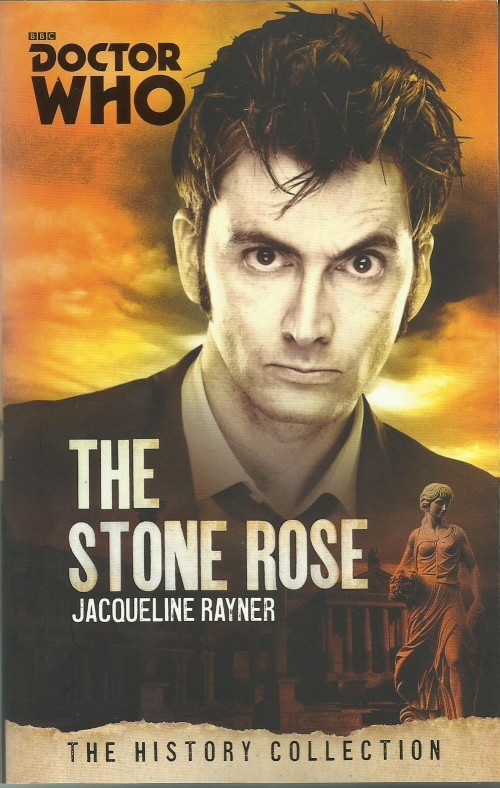Published by BBC Books
Back at the very start of Doctor Who, the original premise was that it was to be part-educational, in other words the plane was to show a truly science fiction story alternately with a historical one.
However, due to the popularity of the monsters and the Doctor’s travels through space, the idea of the historical aspect was more or less dropped by the time the Second Doctors’ reign was established.
But, in print, the idea was able to flourish and there have been many original novels written putting the various incarnations of the Doctor and his companions into a situation that the history books have told us about.
We still get the occasional TV adventure in which we meet figures from history – recently the Doctor has met Van Gogh, Queen Elizabeth the First, William Shakespeare and Robin Hood.
The History Collection is a batch of previously-published novels featuring each of the Doctors (although Doctors Five (Davison), Eight (McGann), Nine (Eccleston) and Thirteen (Capaldi) are missing).
We have the First Doctor (Hartnell), together with Susan, Ian and Barbara, caught up in the Salem Witch trials in 1692.
The Second Doctor (Troughton) meet the Roundheads with Ben and Polly, plus their new companion Jamie.
Doctors Three, Four and Seven are all set in Britain in the 50’s, 30’s and 1914 respectively.
‘Human Nature’ is the Seventh Doctor’s story (McCoy) and was the basis of the TV adventure ‘Family of Blood’ which starred David Tennant.
The Fifth Doctor (Baker, Colin) teams up with The Brigadier in a story set partly in 2001 and World War 2, whilst Doctor 10 (Tennant) and 11 (Smith) travel to Ancient Rome and 18th Century Italy.
All the stories are by well-respected writers of Who books and episodes including Jacqueline Rayner, Mark Gatiss, Gareth Roberts and Paul Cornell.
Putting the Doctor into a situation that is documented in the history books makes the character more believable (we do have to remember sometimes that he IS fictional), and the interaction between all the characters comes to live just that little bit more.
The eight books in this series are all excellent examples of Doctor Who novels and are a superb addition to any collection.



